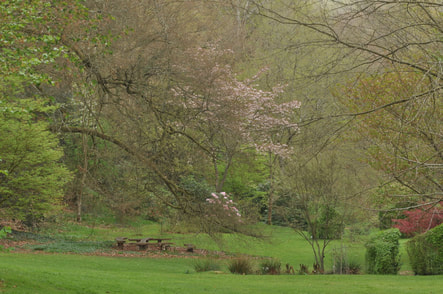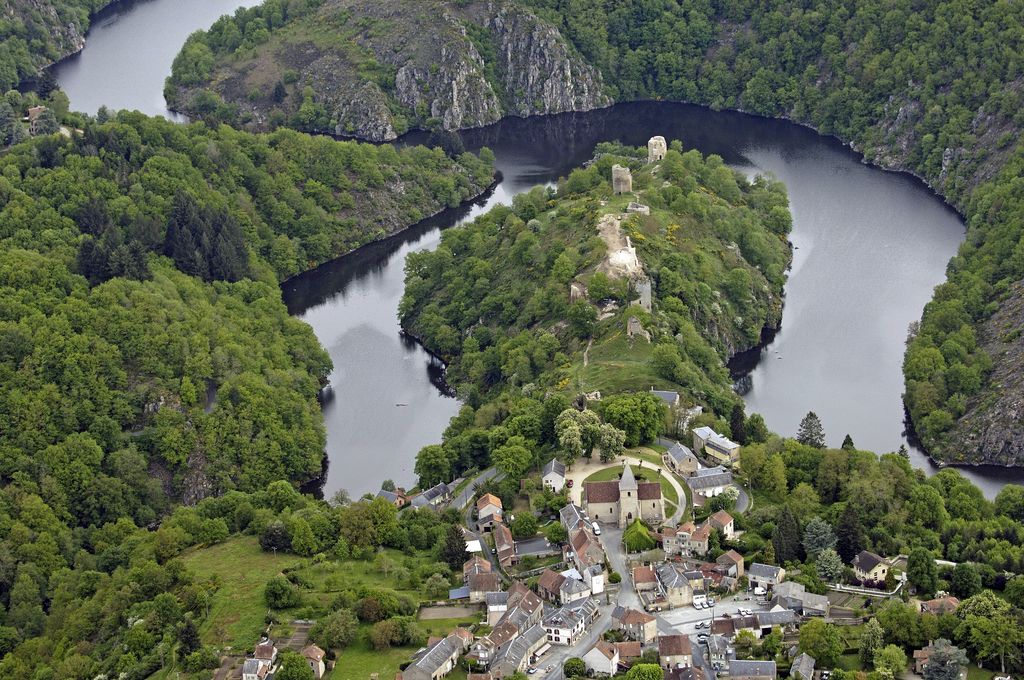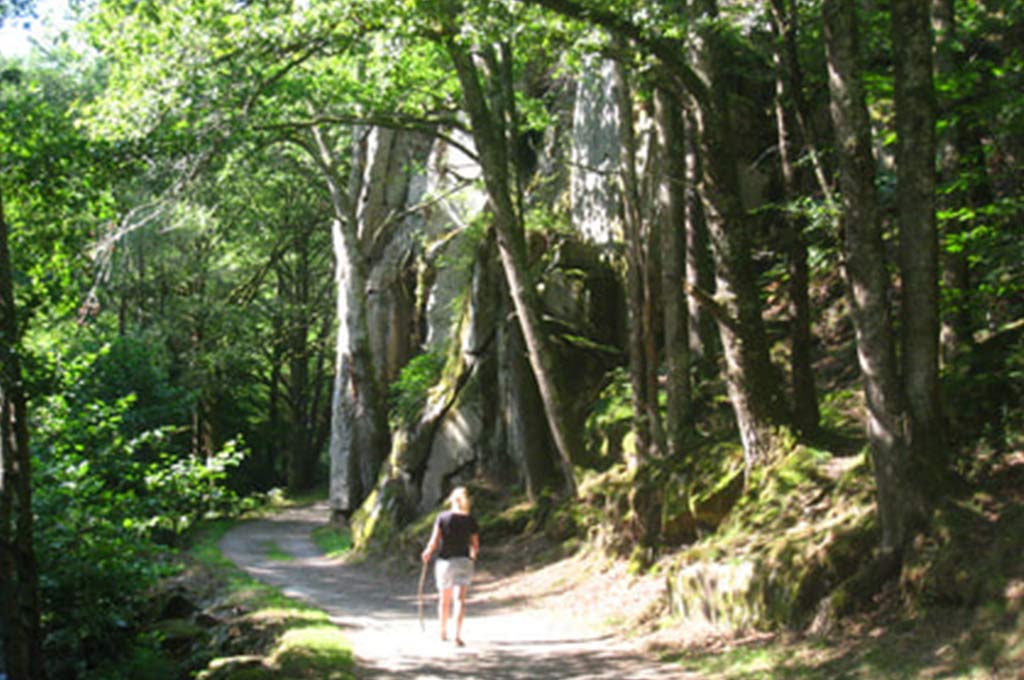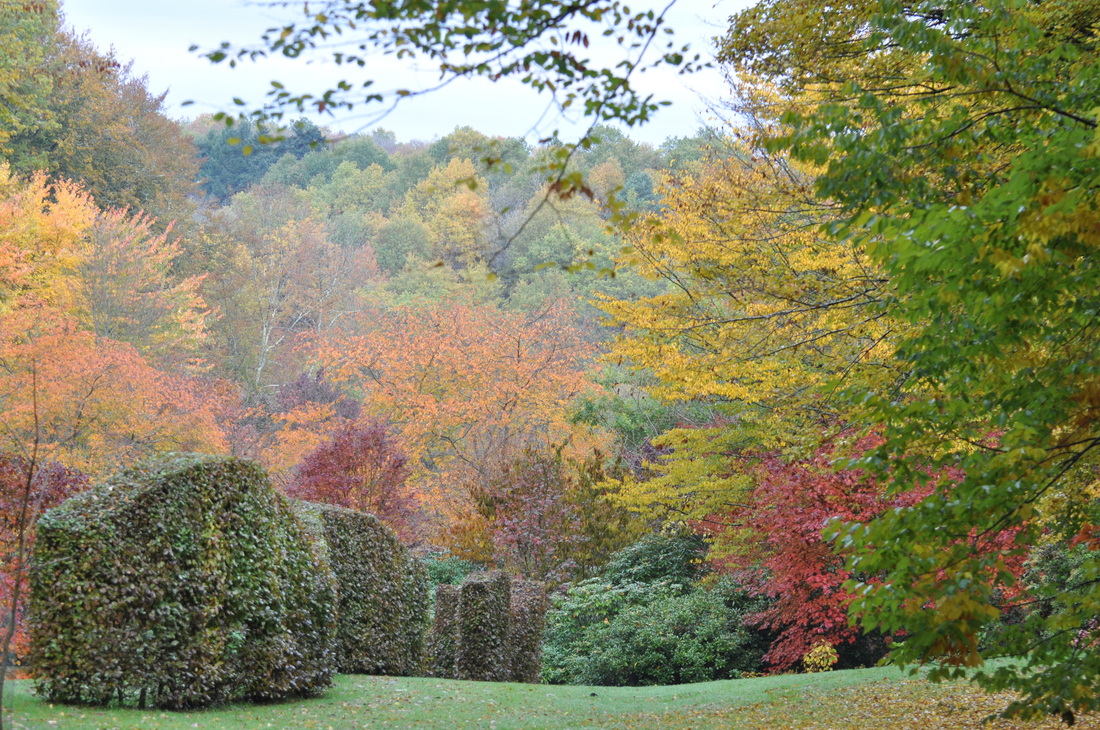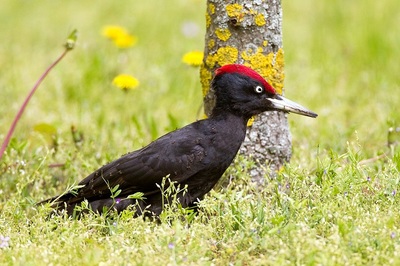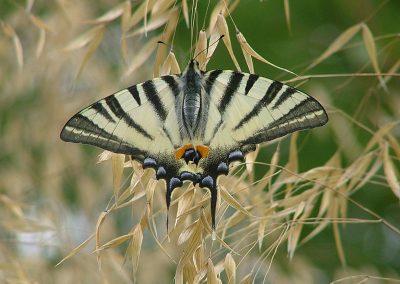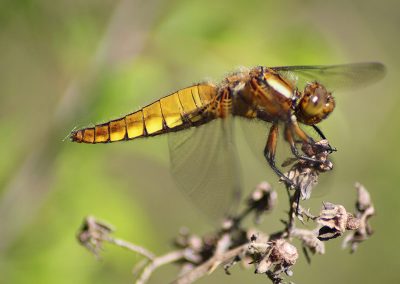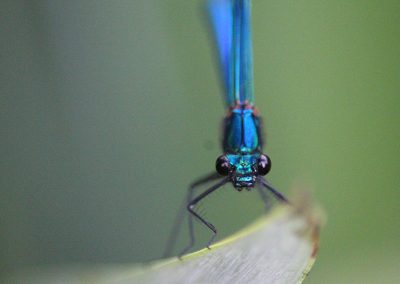Discovering the arboretum
Introduction
At the discretion of hedges, dry-stone walls, rocks and heath-land, the discovery of the gardens and its natural habitats form a harmonious ensemble where man’s intervention complements nature.
In the vicinty
Crozant, at the confluence of the Creuse and the Sedelle rivers, is rich in history and art. With its spectacular feudal ruins, it was once one of the most powerful strongholds in medieval France. One can visit the two remaining towers (10th and 13th century) which offer panoramic views of the valley below. This picturesque site inspired many painters during the 19th and 20th centuries, among them Claude Monet, Leon Detroy and Armand Guillaumin, and gave rise to the Crozant Impressionist Art Movement in 1864. Nohant, the residence of novelist Georges Sand (1804 – 1876), is 50 kilometres from Crozant. Georges Sand and her guests enjoyed the walks in the valleys of the Creuse and Crozant which are often mentioned in her novels.
Crozant, its rivers and valleys, remain unspoilt and timeless. Many well-maintained footpaths allow one to explore by foot, bicycle or horse. One can also explore the valley and the ruins of the Crozant fortress in a canoe or kayak hired from the Hotel de Lac near Crozant.
The Sédelle valley
The Sedelle river, a tributary of the Creuse, is a pristine river with a rich diversity of fauna and flora. A large part of the Sedelle valley is protected by Natura 2000. A calm river in summer and a raging torrent in winter the Sedelle is home to a diverse fauna including the discreet otter, kingfisher, dipper, crayfish, dragon fly and damsel fly. In spring the banks are covered with wild flowers and the protected royal fern (Osmunda regalis) can also be seen. Wild trout abound, making it a paradise for fishermen. The Arboretum runs down to the banks of the Sedelle River where visitors can find a quiet place to appreciate the calm and peace of this special place.
The garden
The subtle relation between the successive gardens and natural habitats of the valley accords a deep harmony and unity of the garden’s composition. Here the gardener gardens with nature for nature.
» But does this place not provide a more compelling reason that invites us to make the visit last? Every detail- the disposition of rocks and stones, the layout of the paths, , the light of the heath-land (how is this obtained?), even the accuracy of the plant labels , every carefully managed aspect of this garden encourages us to more than mere admiration. This is quite simply a place where people feel happy. The arrangement of everything here seems obvious, from the imposing curves of the hillside to the waters continual flow. Before we pass on to true wilderness, the garden fulfils its task: it provides a passage, almost an initiation, a revelation that the experience of beauty results not merely from a balanced arrangement of forms – something any skilled garden designer can achieve – but from a living organism which places humans in deep harmony with plants, animals, sounds and light. «
Gilles Clément, Mars 2013
The plant collections of the Arboretum de la Sédelle
The Arboretum de la Sédelle has a remarkable collection of maples (Acer) certified by the C.C.V.S. (Conservancy for Specialised Plant Collections) of the French National Horticultural Society. The collection consists of no less than 130 taxa: 90 species and sub-species and about 40 horticultural cultivars.
Other taxa well represented at the arboretum include oak (Quercus) – 36 species/cultivars, viburnum (Viburnum) – 27 species/cultivars, dogwood (Cornus) – 23 species/cultivars, spindle berry (Euonymus) – 19 species/cultivars, linden (Tilia) – 14 species and deciduous camellia (Stewartia) – 7 species.
The plant collections at the arboretum are limited in order to maintain open spaces, indispensable for observing the landscape. The planting of species from around the world is done with respect for the indigenous flora. Not less than 400 species of trees and shrubs from 4 continents offer the visitor a sensual experience, plunging one into a magical world of marvellous plants.
MAPLE – Acer
Maples make up about a quarter of the arboretum’s plant collection and the arboretum has become a conservancy for species and sub species of maple, a member of the Sapindaceae family. There are approximately 128 species of maple world wide most of which are native to Asia with a number also present in Europe , North Africa and North America. The humus rich moist soils of the arboretum are ideal for their cultivation. Their structure, their foliage at bud-break or in full autumn coloration, their delicate flowers, their colourful fructification and their peeling or marbled bark all contribute to the publics infatuation with this genus.

OAK – Quercus
Oaks may develop into majestic trees or scrubby bushes depending on the climate and their geographical situation. The English oak (Quercus robur) is common at the arboretum and is one of our oldest trees.

VIBURNUM – Viburnum
Viburnum opulus, commonly known as Guelder rose, is an indigenous specie that grows along the Sedelle River.

DOGWOOD – Cornus
At the arboretum we have two indigenous species Cornus mas, a winter flowering species that produces large berries rich in vitamin C, and Cornus officinalis with its light- coloured bark.
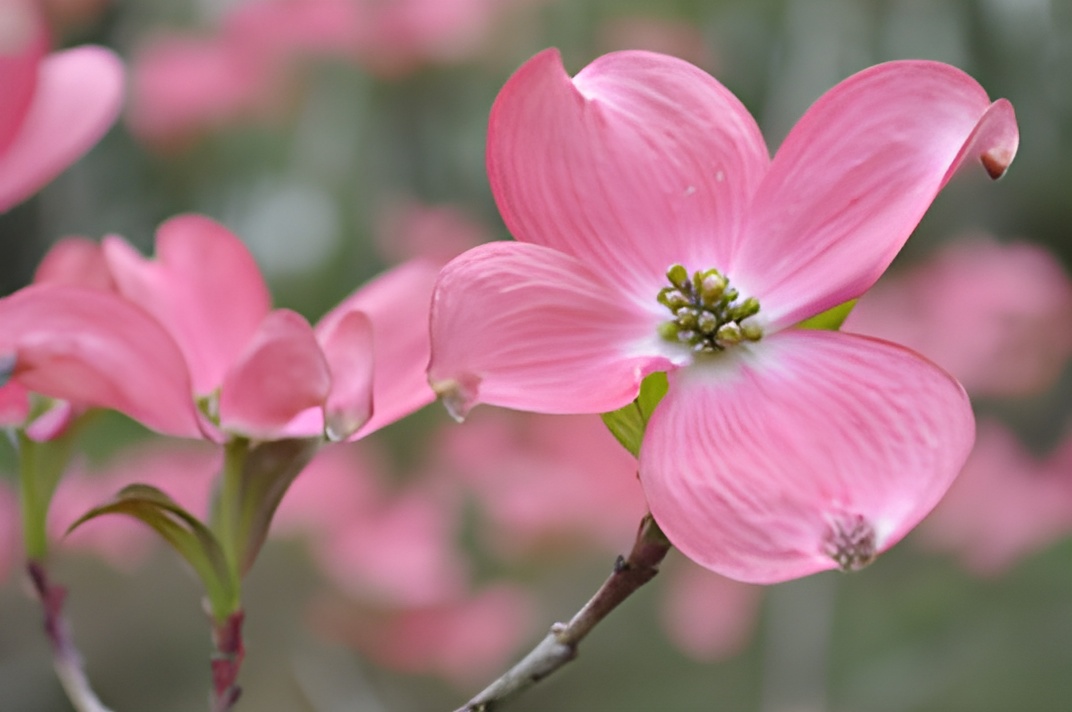
LINDEN – Tilia
The hermaphroditic flowers varying from white to yellow are strongly scented and melliferous. A forest tree with soft wood, lindens are found in the temperate regions of the northern hemisphere. The indigenous species, Tilia cordata, grows naturally along the Sedelle River.
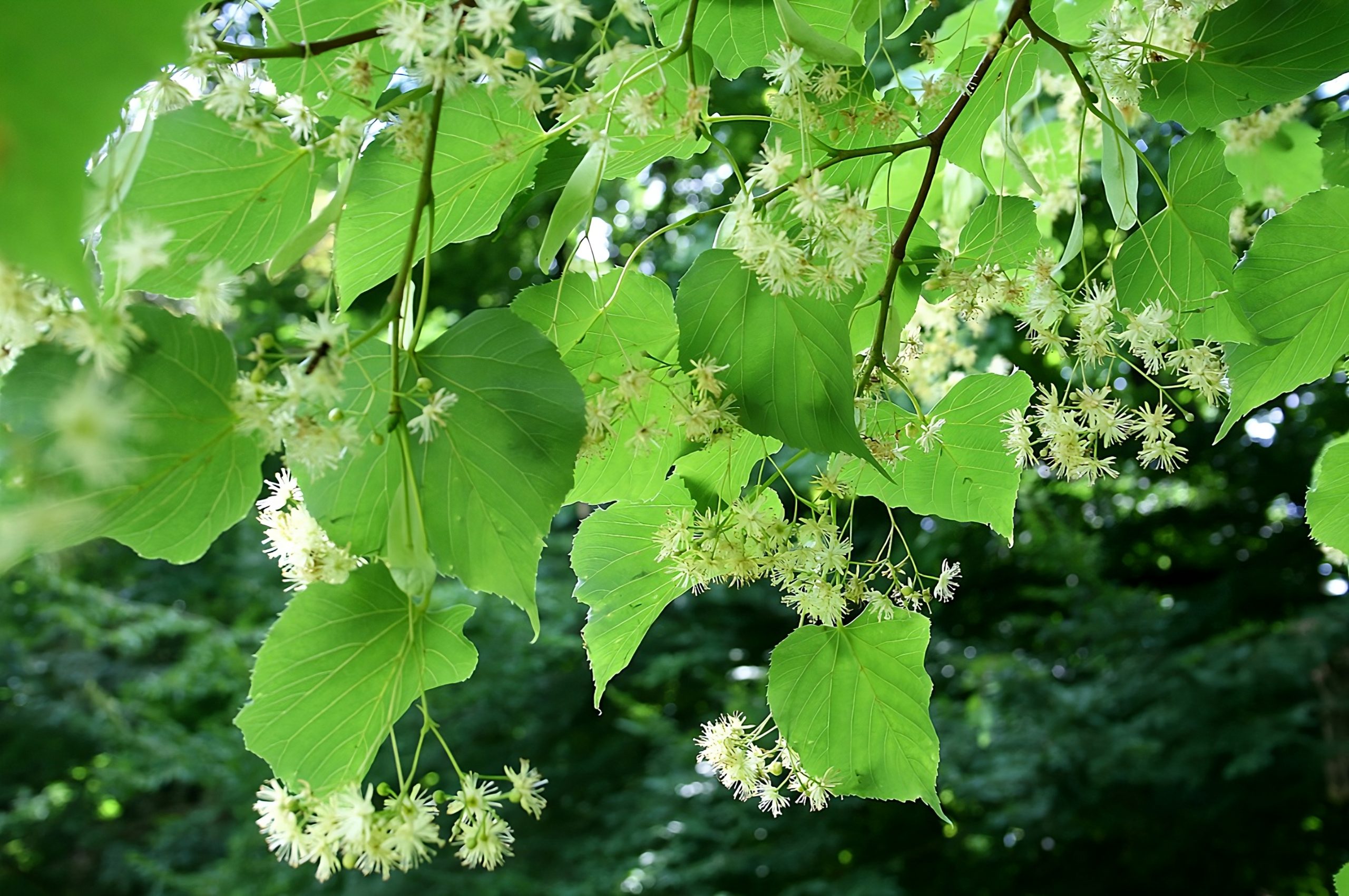
SPINDLE BERRY – Euonymus
Common in the arboretum the leaves and fruit of this species are poisonous to man. The wood is used to make top quality drawing charcoal hence the French common name « fusain ».
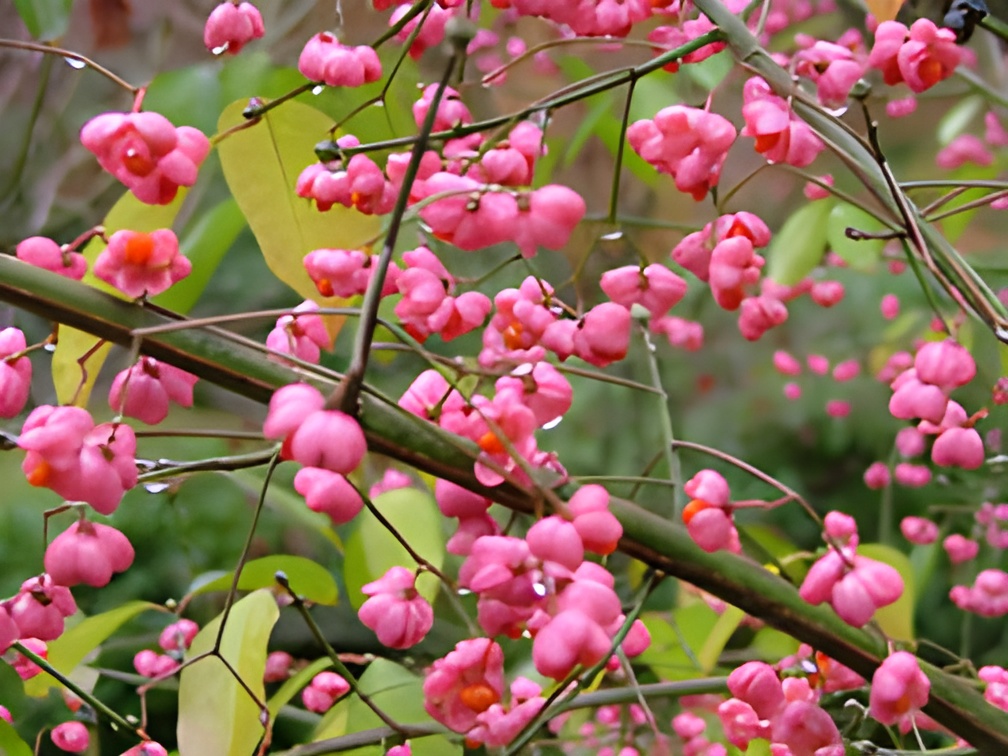
LIQUIDAMABAR – Liquidambar
Liquidambar styraciflua (American sweet gum) has naturalised in the Sologne region of France where it appreciates the moist soil essential to its development. All 4 species, present at the Arboretum, are appreciated for their spectacular autumn foliage .
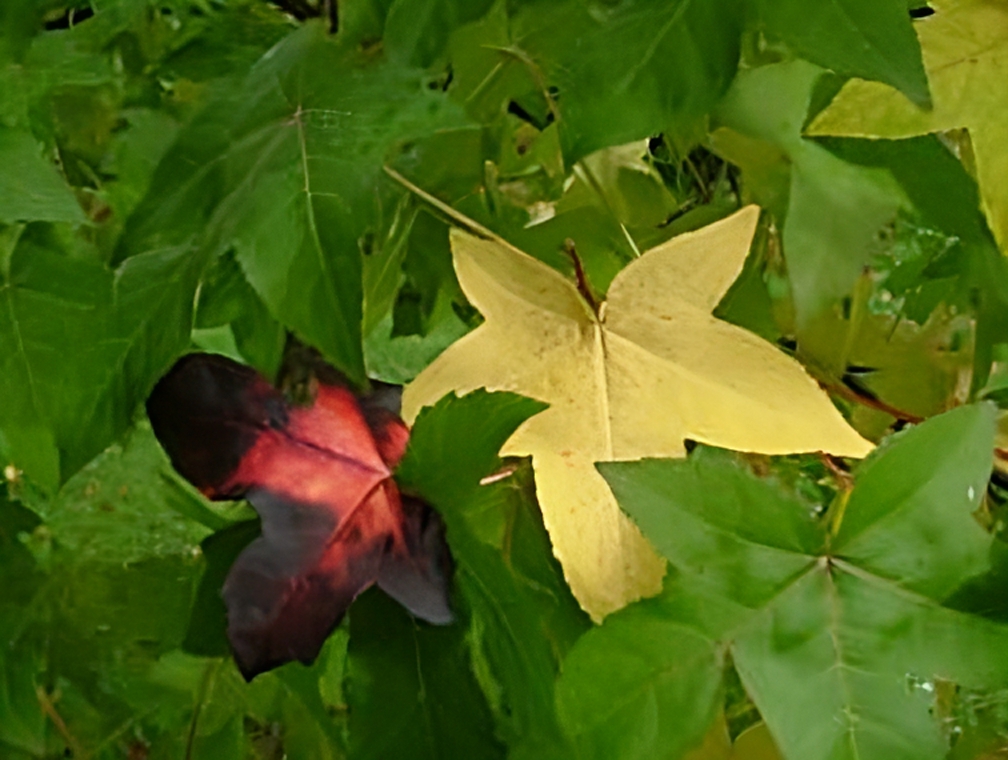
SUMAC – Rhus
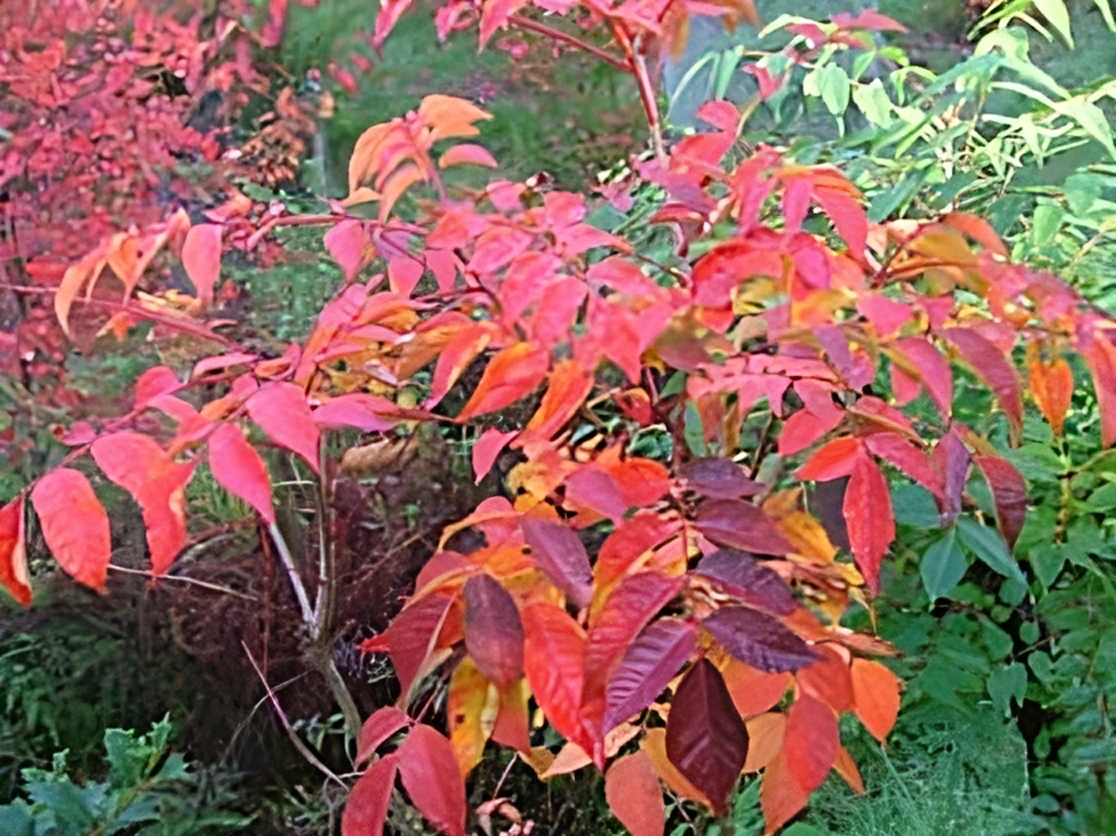
DECIDUOUS CAMELLIA – Stewartia
Stewartia is a genus of 10 species from the Theaceae family, of which the Camélia (tea) is the most well known genus. Most of the species originate from China, Korea, Japan, Laos and Thailand with 2 species from the south eastern region of northern America. They are deciduous trees or shrubs with a distinctive flaky yellow/orange bark. The large white flowers appear towards the end of summer. This is a genus less known to gardeners but well worth cultivating.

Natural areas
A natural habitat is an ecological or environmental area where a specific species or community of species live. The development and conservation of the natural habitats within the arboretum is essential to its management. These areas are the reserves of biodiversity of the site and are the spaces that inspire the garden.
The river
The Sedelle, tributary of the Creuse, is a raging torrent or a calm river depending on the season. The great natural beauty and the flowing waters inspire the garden. A naturally wild place, its banks are home to a rich variety of wild flowers such as the early purple orchid (Orchis mascula), purple loose-strife (Lythrum salicaria), yellow loose-strife (Lythrum salicaria), yellow flag iris (Iris pseudacorus), royal fern (Osmunda regalis), cowslip (Primula veris), marsh marigold (Caltha palutris)…. The river is a refuge for many insects, amphibians, fish, reptiles, birds and rodents including the secretive otter.

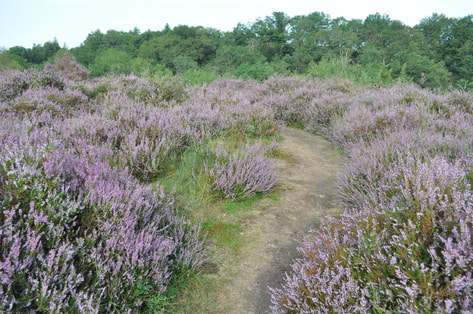
The heathland
Beyond the pond, a path climbs towards the natural landscape of the heathland.
The path crosses vegetation of heather (Erica cinerea and Calluna vulgaris) and silky leaf broom (Genista pilosa). Restoration of the heath-land which was fast being colonised by Spanish broom and bracken began in 1997. Ten years of regular strimming (up to four times a year) and hand weeding have resulted in this beautiful example of a sub Atlantic heath-land typical of this region at the beginning of the 20th century. A landscape that was often painted by the impressionist painters of the Crozant Art Movement (1850 – 1950). Although the heath-land is not rich in plant diversity its botanical interest resides in the fact that it is a habitat that is home to specific species adapted to survive unique ecological conditions. The heath-land is important to many insects and certain bird species such as the European night jar.
The pond
The pond, created in 1980, was dug out of a boggy overgrown zone that flooded in winter . Runoff water and underground springs feed the pond. Although man-made 20 years ago the pond has become a natural habitat important to the garden. It is home to a fascinating diversity of insects, amphibians, reptiles, birds and rodents. Protected species such as the common newt, the great crested newt and the grass snake rely on the pond for their breeding season. The kingfisher is a regular visitor. Water loving plants thrive and unfortunately certain plants such as Hippuris vulgaris (Mares tail) have proliferated to a point where they become a problem. We have been unsuccessful in ridding the pond of this recent pest. This habitat has provided ideal growing conditions for plants such as Taxodium distichum (swamp cyprus), Ilex veticillata (winterberry) and Cephalanthus occidentalis (button bush) which thrive on the edge.
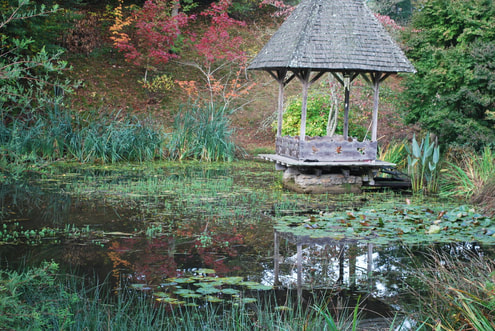

The beechwood
The beechwood with its under-story of holly is an example of a forest in its climax stage, in other-words, having reached a steady state. This is achieved through the process of ecological succession in the development of vegetation in an area over time. This equilibrium is thought to occur because the climax community is composed of species best adapted to the average conditions of the area. Only holly (Ilex aquifolium) and beech seedlings (Fagus sylvatica) survive in the dense shade of the mature beech trees. Some mosses, ferns and wood anemone (Anmone nemrosa) manage to prosper. The beech trunks of 25 to 35 meters have a smooth grey bark. The fruit (beechnut), only produced after 60 years, is an important food source for a variety of fauna (wild boar, squirrel, pigeon, chaffinch). The black woodpecker has a preference for beech trees to hollow out its nesting cavity which it re uses over a number years.
The meadow
The ancient meadow with its indigenous oaks (Quercus robur), surrounded by dry stone walls, remains little changed from the beginning of the 20th century. In one of the corners is an old stone walled drinking hole, reminding us of an agricultural past where sheep once grazed. The meadow grows on poor acid soil.
It is mowed once a year at the end of August when most of the plants have flowered. After the seeds have dropped the hay is removed to avoid enriching the soil with organic matter which encourages the proliferation of the grasses to the detriment of the wild flowers. This management of the meadow conserves the agriculture spirit of this part of the arboretum and encourages the biodiversity of the flora and fauna.
The meadow is an important habitat for many different butterflies. The oak collection of the arboretum is found here.
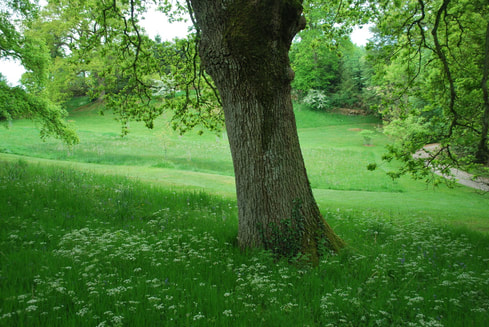
The birds
The butterflies
In Limousin 118 species of Rhopalocera (day butterflies) are currently known, at the arboretum we identified 39 species in 2019.
Each butterfly species has its own range. The distribution of butterflies is explained by several influences: the different latitudes and its climatic influences (heat, sunshine), by geology, by the distribution of their food plants, by the human use of the environment in parallel by their adaptive capacities. which vary from species to species.
Adult butterflies ensure the pollination of flowers, just like flies and bees and constitute an important link in the food chain. Caterpillars participate in the control of the extension of plants by consuming them and they play a considerable role in the feeding of an enormous number of predators and parasites. To protect the diversity of our butterfly species and safeguard them, we must promote the practices that are most favorable to maintaining biodiversity.
Dragonflies
Dragonflies or Odonates are flying insects that spend most of their lives in the aquatic environment. The latter is essential for their larval development. A major predator of ponds and rivers, dragonflies will take advantage of their aquatic phase to build up the majority of their food reserves.
The term dragonflies is generally used to designate the insects of the order Odonata, which include two suborders: the damselflies (Zygoptera) and the dragonflies (Anisoptera).
In Limousine, 66 species of Odonata have been identified and 36% of these species are threatened or almost threatened with extinction.
The Sédelle Arboretum has varied aquatic environments (pond, river, damp meadows…) resulting in a strong presence of Odonates. Since 2021 Théa Wanty has begun to identify the Odonates present on the site and in 2022 16 species were identified. We hope to continue with this project for a more complete list. Thanks to Theo Matignon for the wonderful photos of dragonflies.

